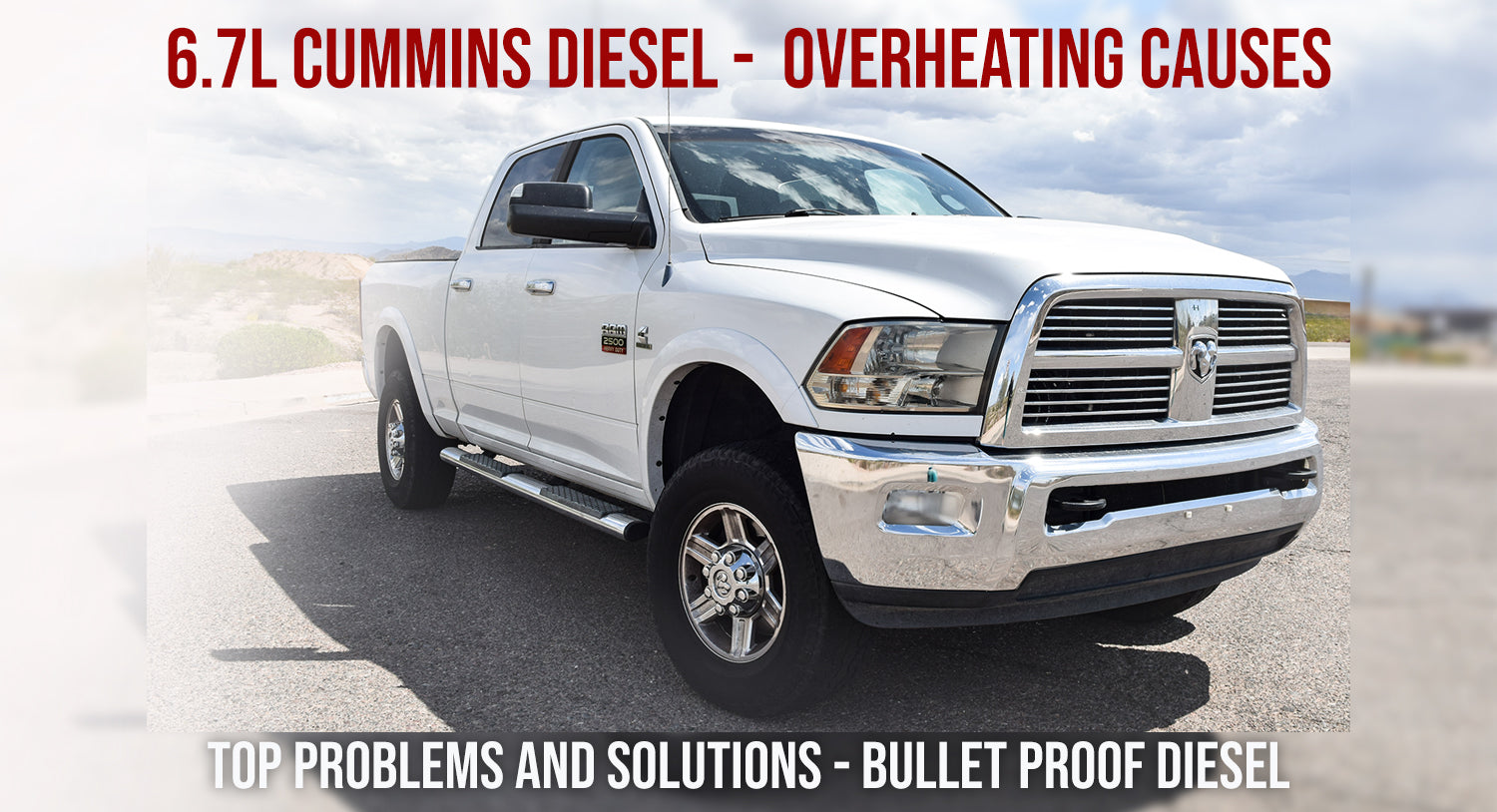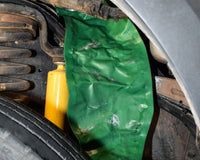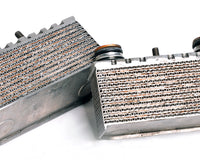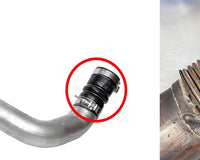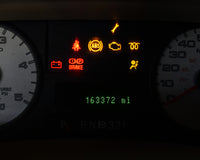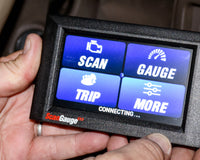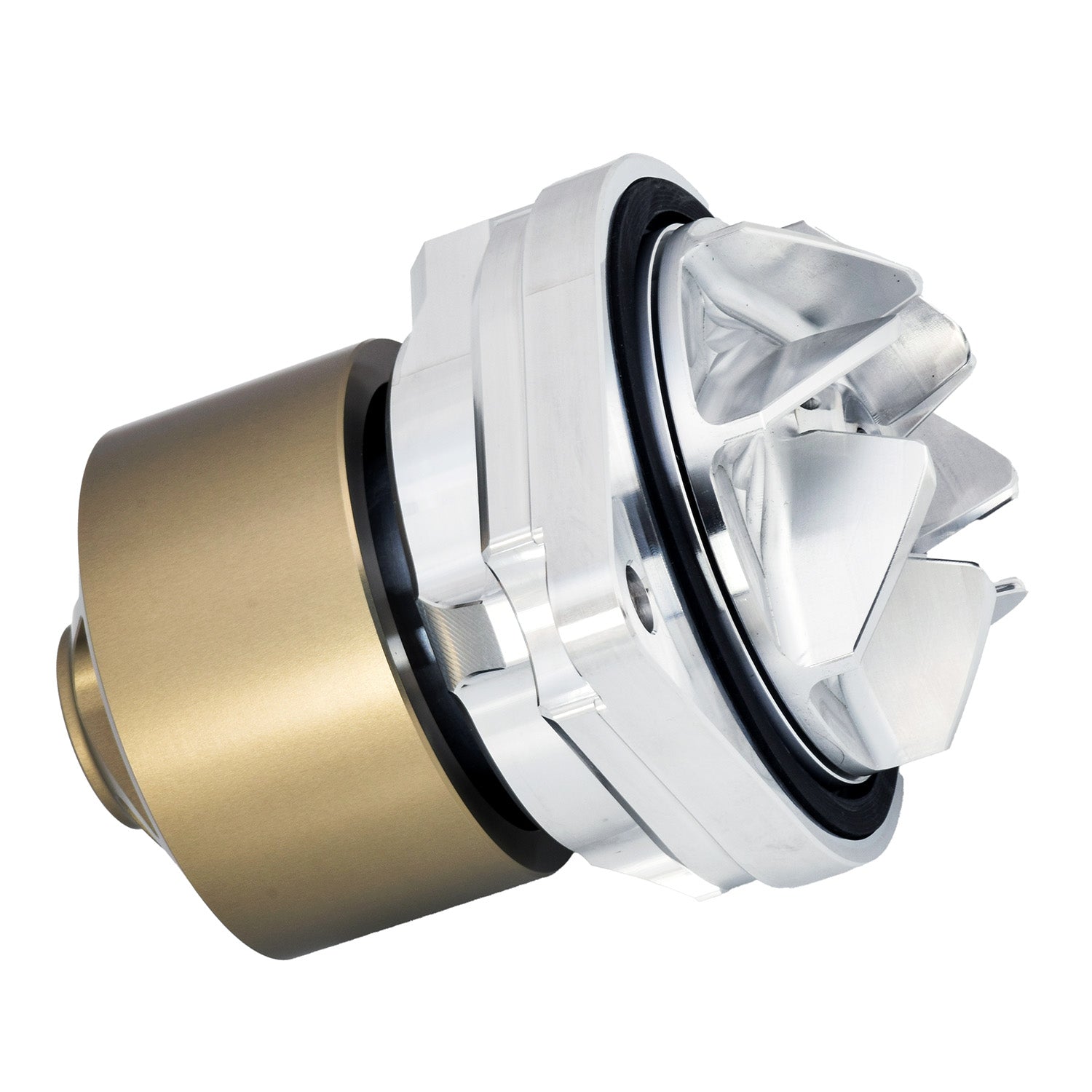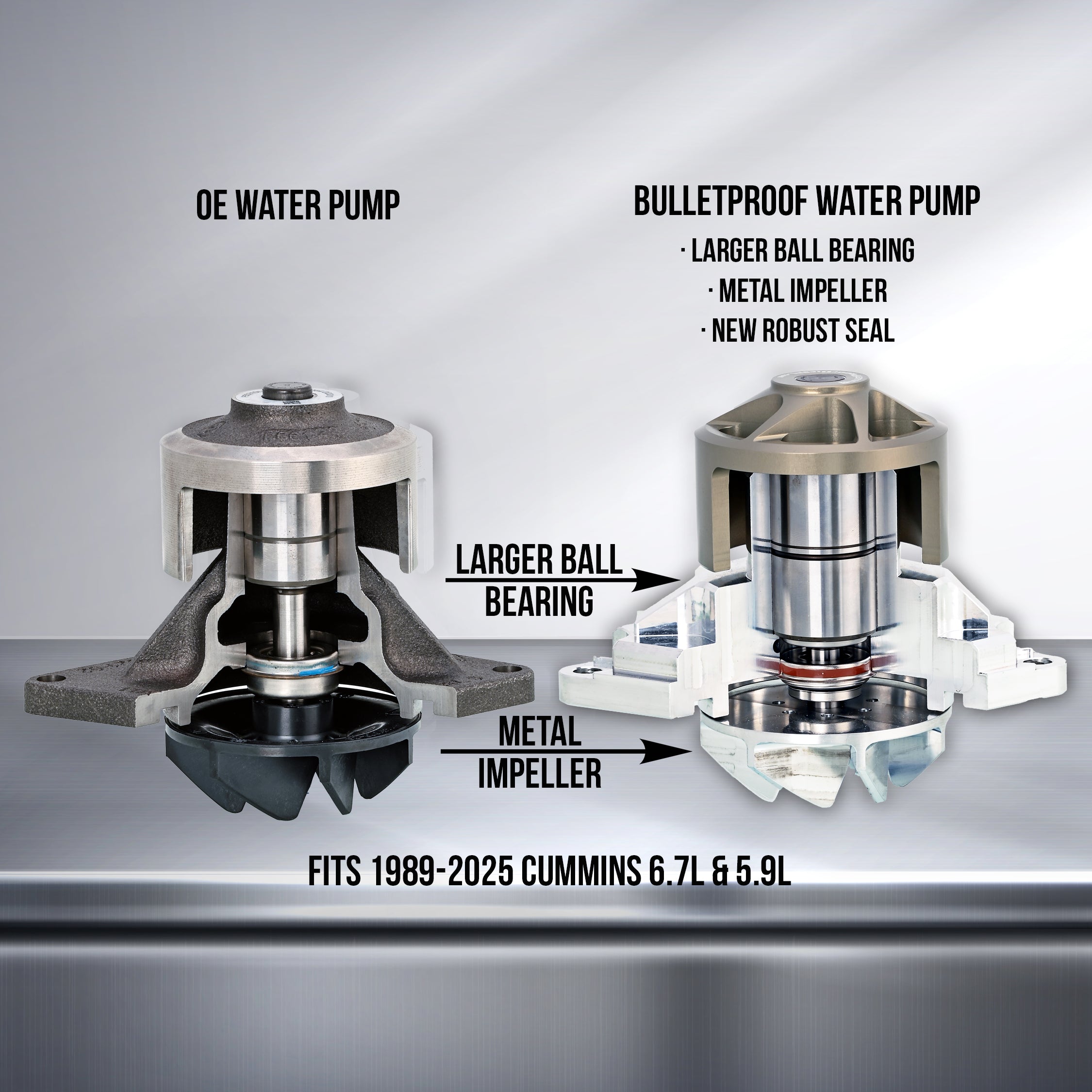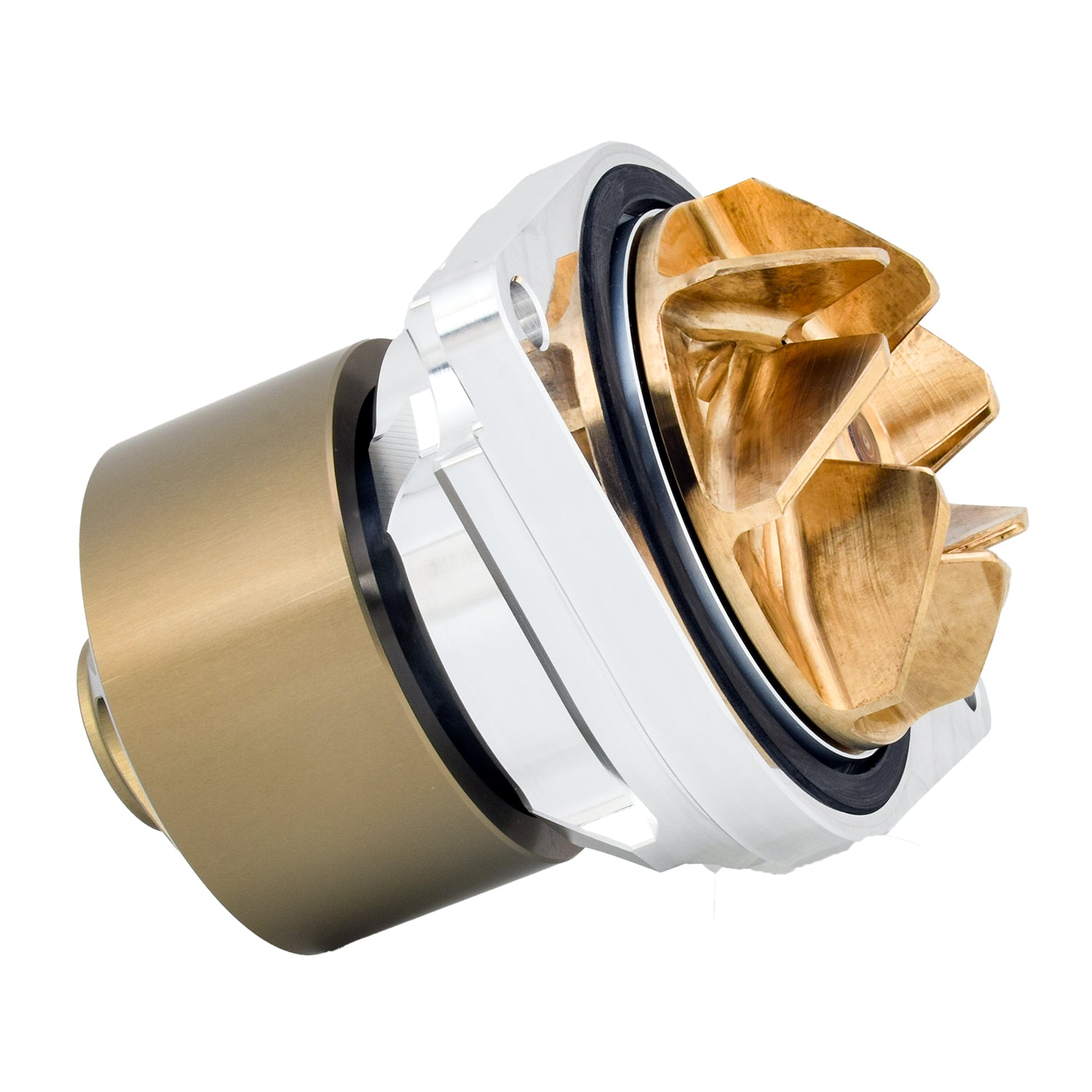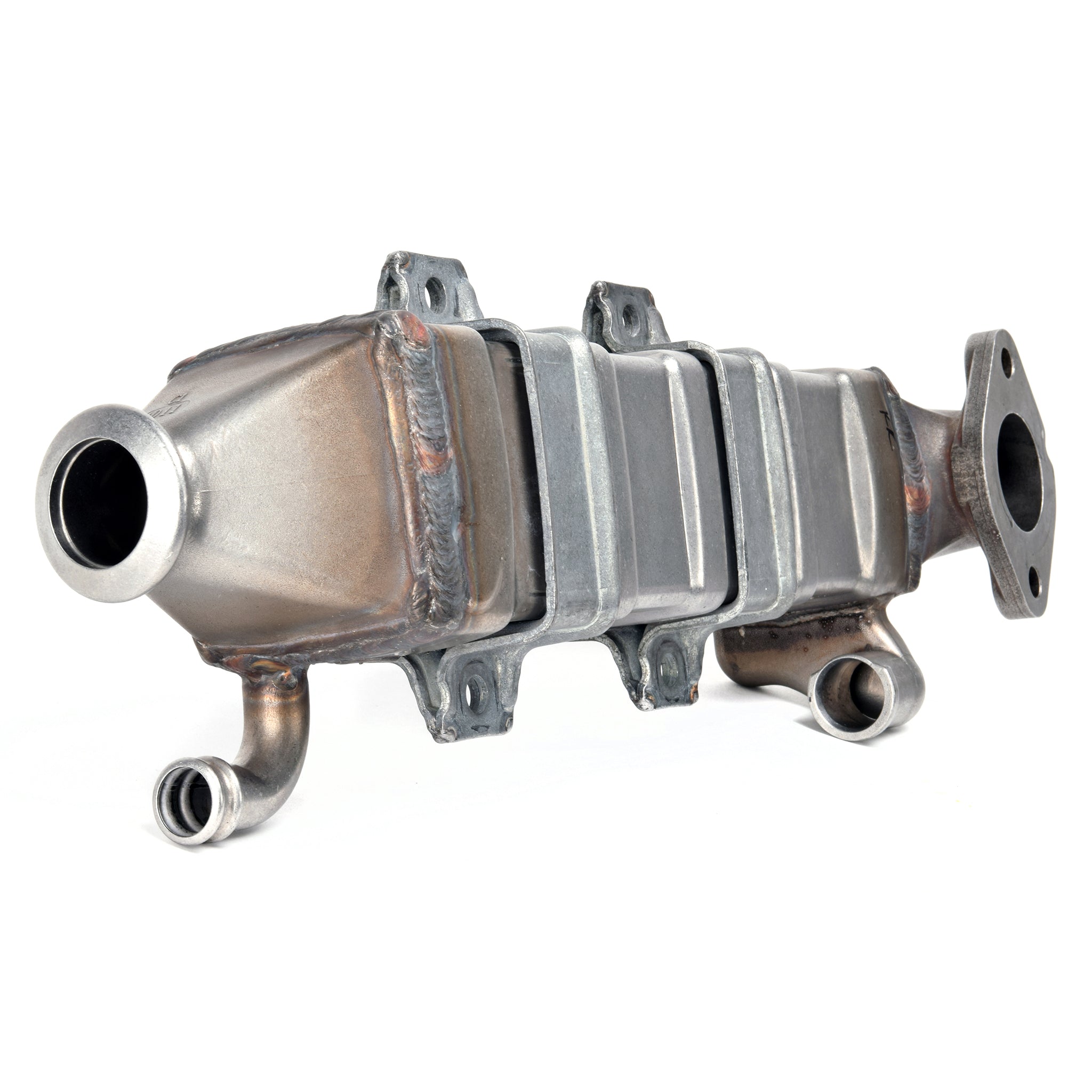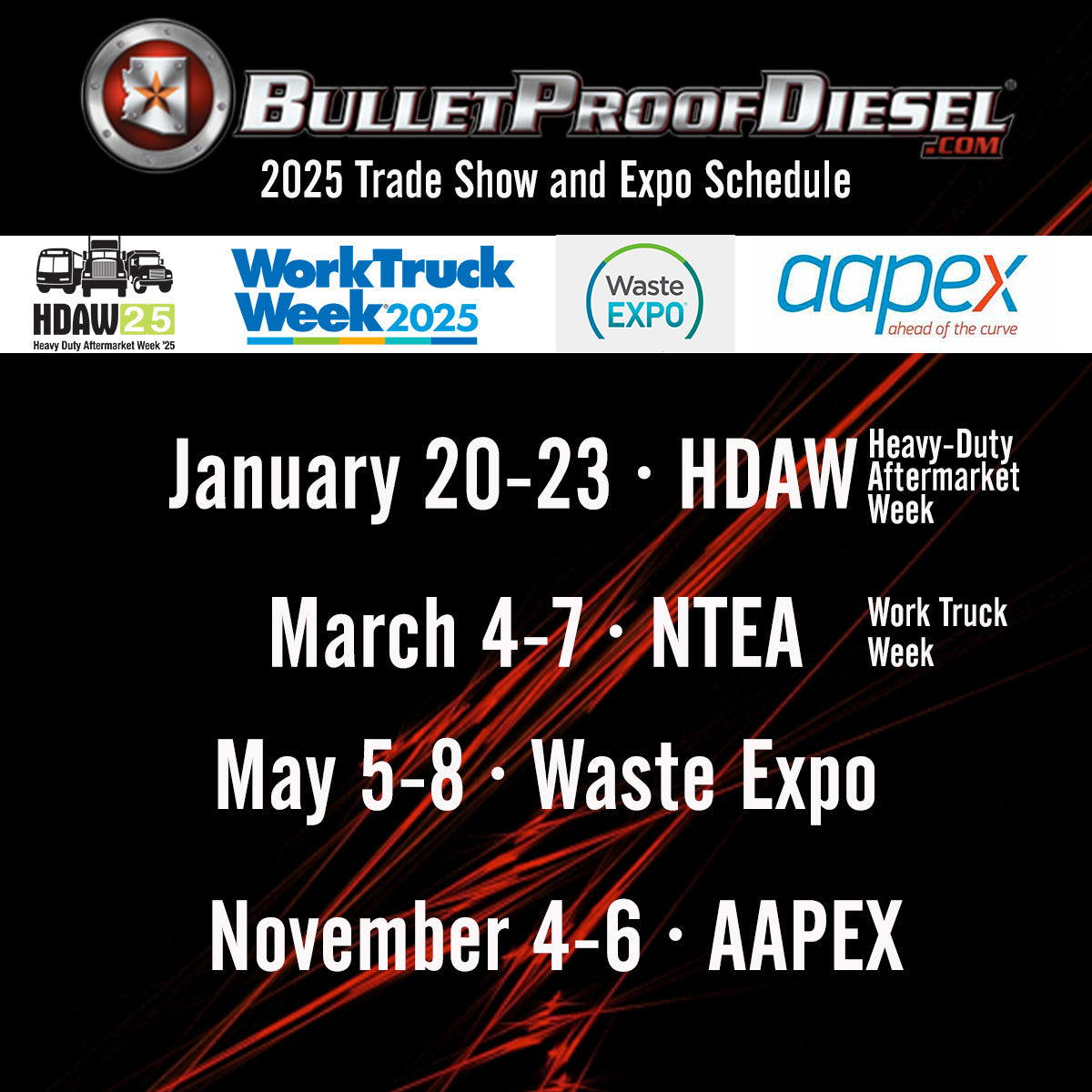One of the most popular diesel engines on the road today is made by Cummins. The Cummins diesel engine has long been trusted for its durability, torque, and ability to handle heavy workloads. Whether in a Ram truck or commercial application, Cummins engines are built for maximum durability under pressure. However, even the most reliable engines can suffer from overheating, a problem that if ignored, can quickly lead to serious damage.
At Bullet Proof Diesel, we’ve helped countless Cummins owners diagnose and resolve overheating issues on their trucks. In this article, we’ll cover the most common Cummins diesel overheating causes, how to spot them early, and what you can do to keep your engine running cool and reliable.
Why Do Cummins Engines Overheat?
Overheating occurs when the engine generates more heat than the cooling system can manage. This symptom may be indicated by a warning on the dash, or steaming from under the hood. On Cummins diesels, this can result from a number of factors, ranging from a failed cooling fan, external coolant leak or even a broken water pump impeller. Left unchecked, overheating can warp cylinder heads, damage gaskets, and even cause major engine damage.
Top Causes of Cummins Diesel Overheating
1. Low Engine Coolant Level
A simple but fairly common issue. Without the proper amount of engine coolant, the engine can’t transfer heat to the cooling system effectively.
A few of the most common external coolant leaks are likely to be at the water pump, plastic tanks on the radiator, or at the various cooling system hoses. Specifically on the Ram trucks equipped with the Cummins engine, there is a plastic elbow that connects a heater hose to the engine block and is prone to failure.
Inspect the coolant reservoir and degas bottle for proper fill levels. Most coolant reservoirs have “Low” and “Full” lines molded into them. Be sure to check the coolant level when the engine is completely cool, first thing in the morning is good practice.
2. Clogged Radiator or Restricted Airflow
Cummins trucks often operate in tough environments. Dust, dirt, and debris can clog radiator fins or restrict airflow, reducing heat dissipation. Look for external buildup on the radiator face. There may also be debris piled up where it isn't easy to see, the most common spot is between the radiator and the charge air cooler (CAC). In order to access these areas, there may be plastic air deflectors to remove, just be careful these deflectors are reinstalled properly.
Internally, scale or deposits from poor-quality coolant can also block passages. This can normally be prevented by properly maintaining the cooling system and changing the coolant as directed by the manufacturer. Refer to your owners manual for maintenance information.
3. Failed Water Pump
The water pump circulates coolant through the system. A cracked impeller, loose belt, or failing bearing can restrict flow, causing hot spots and rising temperatures. Because most of the factory water pumps have plastic impellers, a failure of the plastic is likely and can cause major issues. An upgraded water pump with a larger bearing and metal impeller is an easy solution. The upgrade from Bullet Proof Diesel is the most popular option on the market today.
4. Stuck or Malfunctioning Thermostat
The thermostat regulates coolant flow based on engine temperature. If stuck closed, it prevents coolant from circulating to the radiator, leading to overheating. This may also be something that can be replaced proactively. The typical lifespan of a factory thermostat is 100,000 miles or less.
5. Faulty Fan Clutch or Cooling Fan
While thermally activated fan clutches were very common years ago, On many modern Cummins applications, the fan clutch is controlled electronically by the engine computer and engages to provide extra airflow through the radiator under load. If it fails to engage, the radiator won’t cool efficiently especially when towing or climbing grades.
6. Oil Cooler or EGR Cooler Issues
Most modern Cummins diesel engines have a coolant to oil heat exchanger that uses engine coolant to keep the engine oil temperature regulated. A partially clogged oil cooler could stress the entire cooling system. These components rely on proper coolant flow to manage heat, and when they fail, engine temps could rise quickly.
7. Head Gasket or Cylinder Head Problems
Overheating can also be the result of deeper engine problems. A blown head gasket may let combustion gases into the cooling system, creating bubbles, coolant loss, and higher operating temps.
Warning Signs of Overheating
-
Rising engine temperature gauge
-
White smoke (steam) from exhaust
-
Over pressurizing the coolant reservoir
-
Reduced power or limp mode activation
-
If you notice these symptoms, stop driving immediately to prevent catastrophic damage.
How to Prevent Overheating in a Cummins Diesel
-
Maintain proper coolant levels with quality, manufacturer-approved fluid.
-
Inspect belts, hoses, and clamps regularly.
-
Keep the radiator clean and free from obstructions.
Upgrade vulnerable components like the water pump and EGR cooler with Bullet Proof Diesel solutions for long-term reliability.
Final Thoughts: Keep Your Cummins Running Cool
Overheating in a Cummins diesel isn’t just inconvenient, it's potentially catastrophic. The good news? With regular maintenance and timely upgrades, most overheating causes can be prevented.
At Bullet Proof Diesel, we’ve seen how quickly small cooling issues can spiral into major engine repairs. By keeping an eye on coolant levels, monitoring oil and coolant temps, and upgrading problem-prone components, you can ensure your Cummins stays strong for the long haul.
Disclaimer
This content is provided by Bullet Proof Diesel for informational purposes only. Always consult your owner’s manual or a qualified diesel technician for specific diagnostic and repair procedures.

